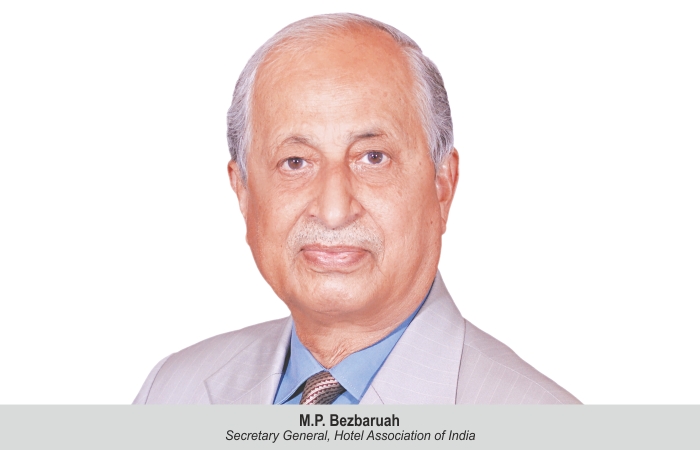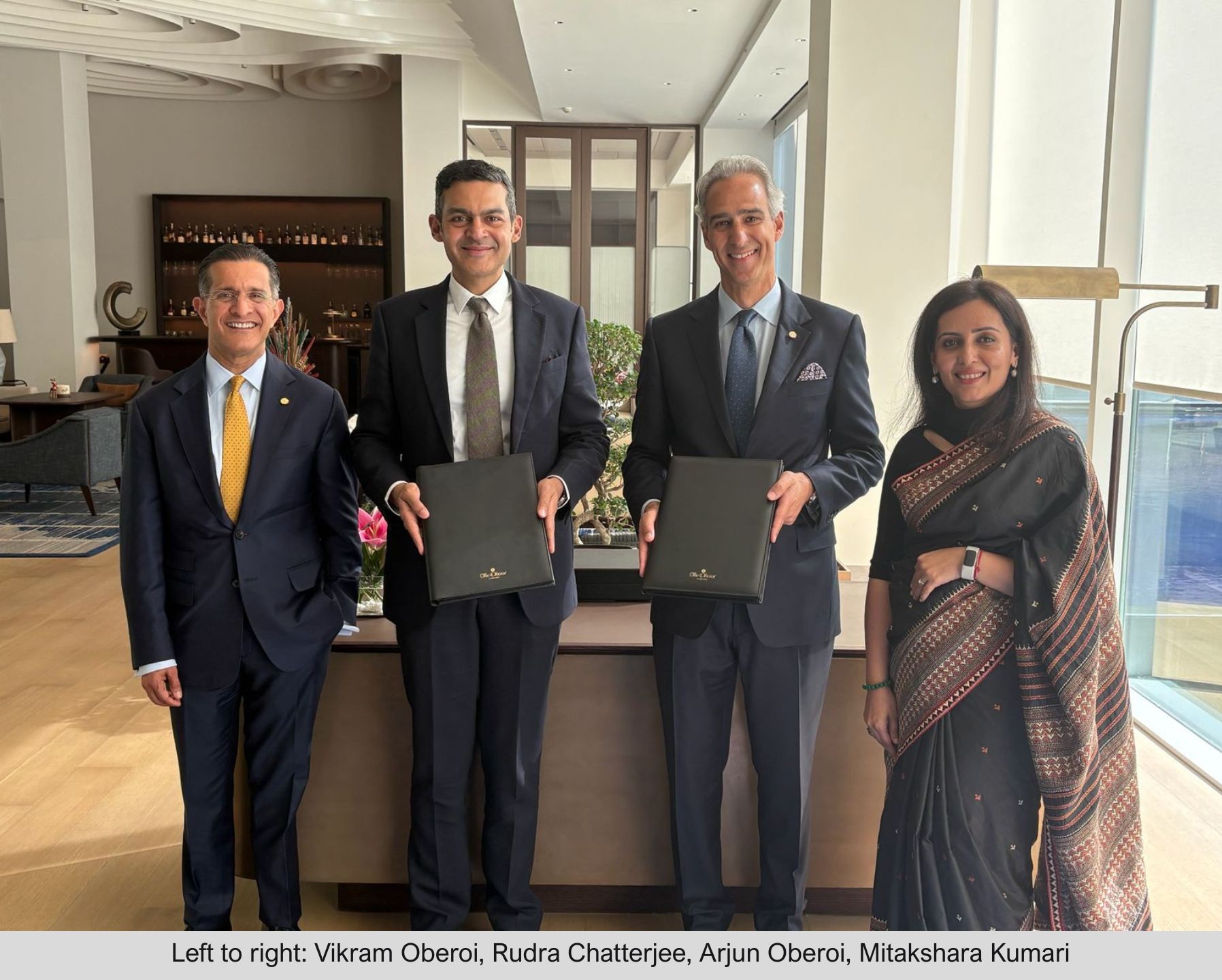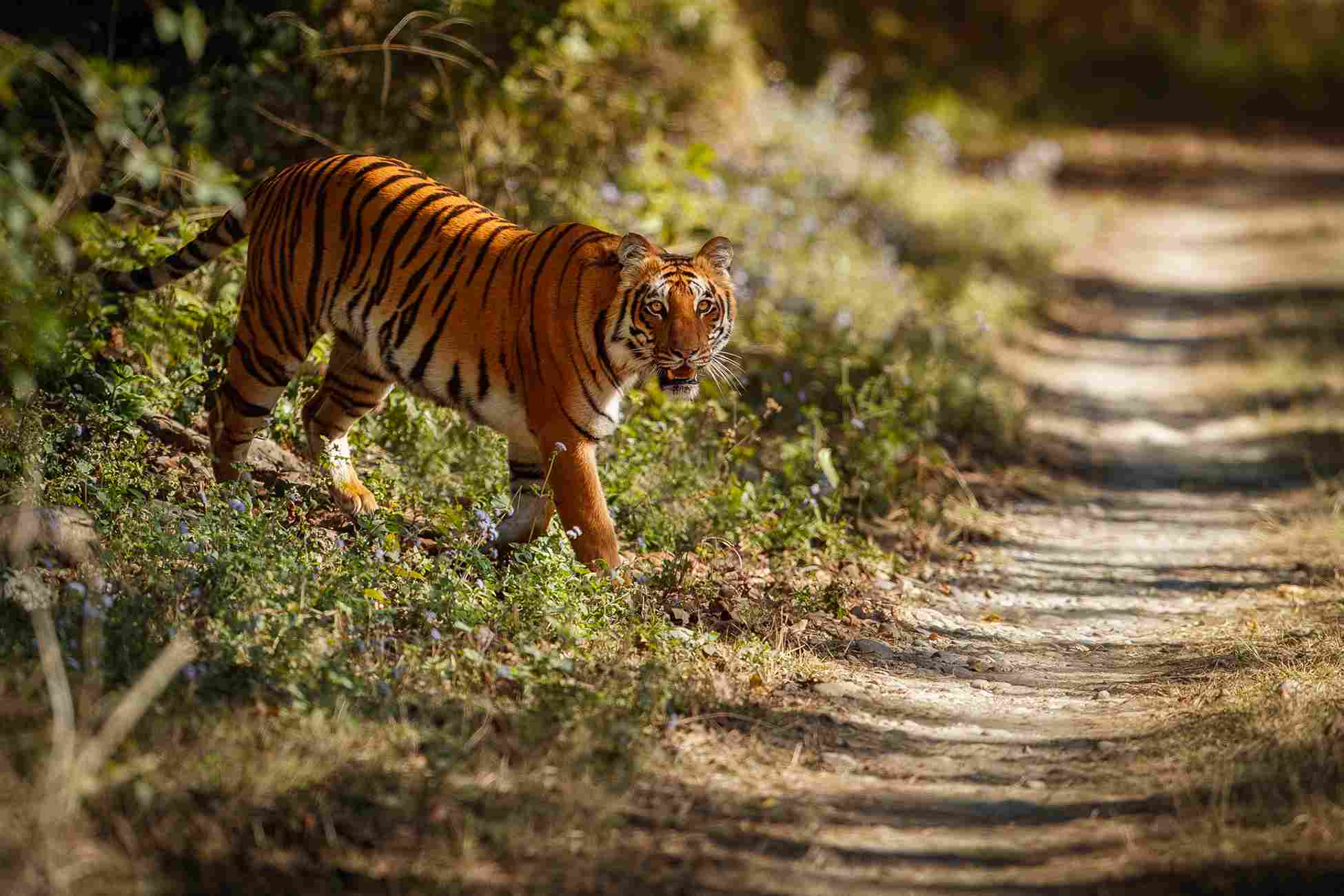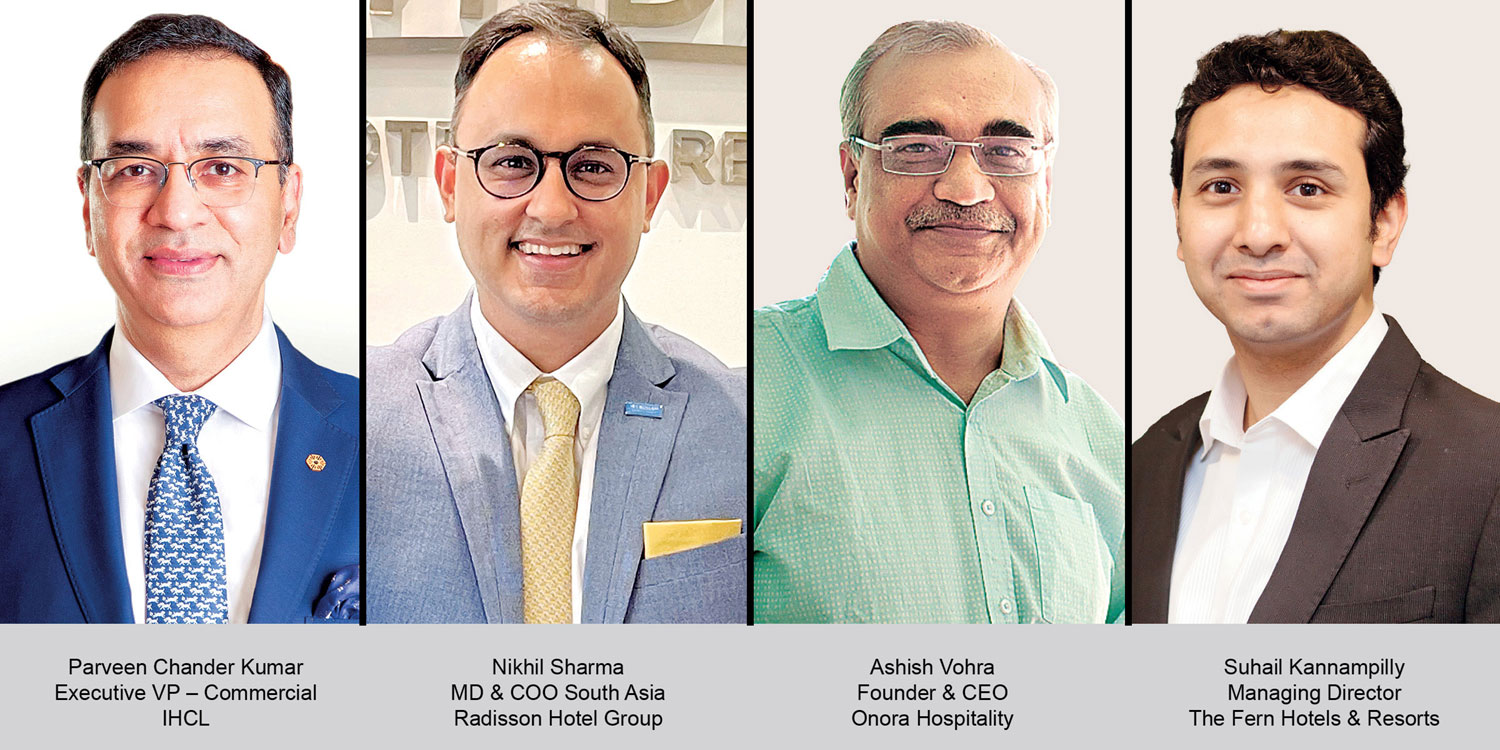After being hit by COVID, tourism and hospitality sector is not shaken, but learning from the past and preparing for a future that is not only brighter but better prepared to handle another crisis. It is a whole new environment of revival, and the trends show that the industry is quickly adapting to the changes.
International tourism had gone back by 30 years due to COVID-19, UNWTO stated in an early assessment. At stake was $1.3 trillion of tourism earnings, global GDP loss of $2 trillion and 100-120 million direct jobs. A report by McKinsey had anticipated compression of 70-75 per cent business in hotel and aviation sector in India. COVID-19 took away, as the Minister of Tourism informed the Parliament, a staggering 2.1 crore jobs. Hospitality industry had seen occupancy plumet by 48 per cent in 2021 and RevPar by 66 per cent — an estimated revenue loss of `190,000 crore. Fortunately, now the industry is recovering fast, posting its highest ADR index of the year at 106 per cent of 2019.
According to an STR study in March 2022, occupancy increased to 109 per cent of the matching 2019 level. A recent report attributed to Naukri.com says that 80 per cent of the job demand came from the hospitality industry — again establishing the predominant role of the industry in economic revival.
The domestic tourism visits before the pandemic were estimated to be a staggering 1800 million and the current revival is pushed by pent-up domestic demands for travel, aided by strong growth in MICE and corporate travel. For some time to come, domestic tourism will continue to be the driving force. Expansion of accommodation and access will be crucial factor to sustain this tempo. The construction of 100 new airports in Tier II and Tier III cities under UDAN will facilitate opening of new areas and destinations.
As UNWTO had assessed, FTA will show results only in 2023. There was some expectation that falling rupee may give India advantage, but the effects are uncertain and, if at all, are likely to be minimal. It may encourage dollar income tourists but many other currencies have depreciated and rupee value may not be a strong incentive. According to JLL’s latest Q1 report, Mumbai’s RevPAR saw the biggest growth at 71.5 per cent. Bengaluru, Chennai, Delhi, Goa and Kolkata also witnessed high growth. Even Tier II and III cities such as Shimla, Dehradun, Agra, Jaipur and Udaipur are witnessing large number of travellers. According to JLL’S recent report, there was 43 per cent increase in travel to Tier II and III cities. According to their Q1 report, around 27 new 5-star hotels plan to open in the coming year. This investment can increase manifold if government allows the benefits of infrastructure status to hospitality.
But the summer rush to the hills and beaches has brought to focus the need for attention to carrying capacity, responsible tourism and opening new destinations like the pristine Northeast. As UNWTO says, COVID-19 “is a watershed moment to align the effort of sustaining livelihoods dependent on tourism to SDG and ensure a more resilient, inclusive, carbon neutral and resource efficient future”. Recent surveys have shown Indian travellers, like travellers everywhere else, put overwhelming value on sustainability in their travel choices. Hospitality industry by and large is seized of the imperative sustainable practices and adapting and adopting innovative ways to be in tune.
Technology is changing how industry manage the services they offer. And digital and contactless services, such as smartphone check-in, contactless payments, voice control, AI experiences and biometrics are transforming traditionally customer-facing services. It is a whole new environment of revival, and the trends show that the industry is quickly adapting to the changes.
 TravTalk India Online Magazine
TravTalk India Online Magazine





